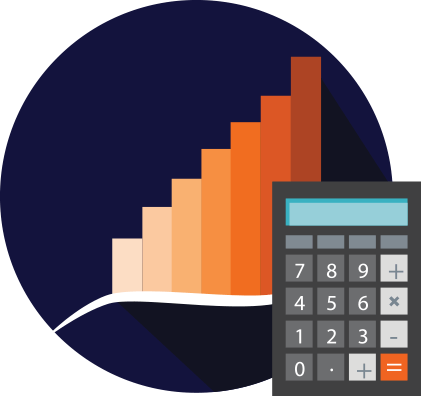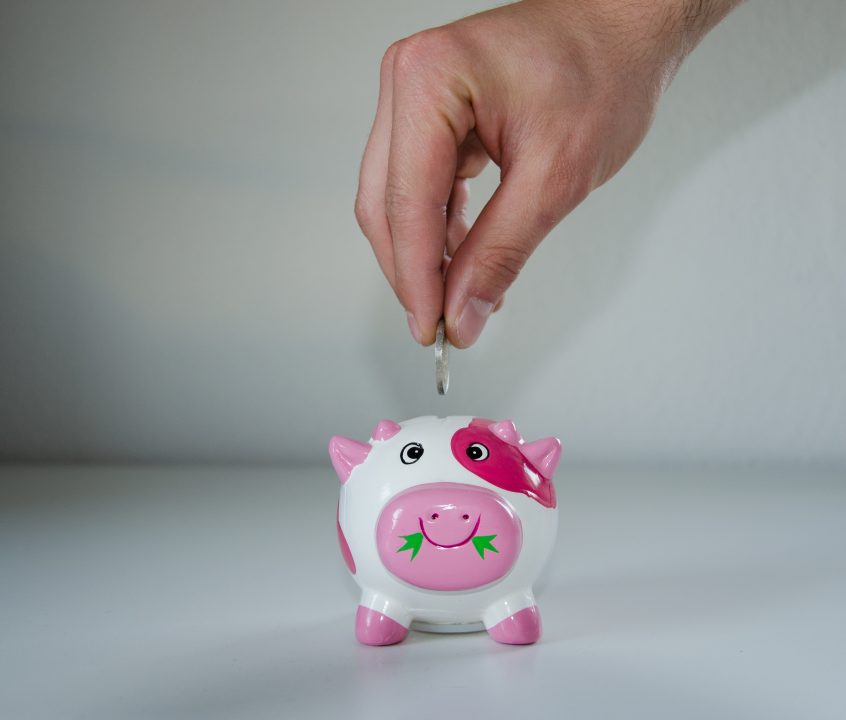One of the most effective strategies for new investors to build a portfolio is dollar cost averaging.
With this strategy, it’s possible to begin growing your wealth over time. While it seems like you might not make a big dent in your portfolio at first, the key to success with investing — especially if you don’t have a lot of money when you start — is consistency. Dollar cost averaging provides a degree of consistency.
Here’s how it works.
What is Dollar Cost Averaging?
The concept of dollar cost averaging is fairly straightforward. Basically, you decide how much money you can invest each week or month and set that aside, buying what you can with that amount.
Dollar cost averaging is the idea that you invest the same amount on a regular basis. For example, maybe you decide you that you can afford to set aside $50 per week for investing. So, each week you put $50 into an investment account. That money is then used to purchase as many shares (or fractional shares) as possible.
Over time, the number of shares you have grows, and your portfolio becomes more valuable. And, because you started earlier, the power of compounding returns works in your favor. The longer your money is in the market, the more you end up with at the end. The earlier you start investing, the smaller the regular amount you need to reach your goals.
Using the Wealth Calculator, you can see that investing $200 a month for 30 years can result in having a little more than $400,000. Keep investing that amount for 40 years, and you’ll have more than $1 million. Of course, if you can set aside more than $200 a month later on, you could see even better results. As your finances improve, consider boosting your monthly investment.
How to Use Dollar Cost Averaging to Grow Your Wealth
Once you understand how dollar cost averaging works, you can use it to your advantage. There are a few things you can do to enhance your ability to grow your wealth with the help of dollar cost averaging.
Take advantage of fractional shares
Your first step is to take advantage of fractional shares. With this method, you can buy portions of stocks with the money you have. For example, if you set aside $50 per week and a share costs $100, you’re buying half a share each week, or about two shares per month.
It doesn’t seem like a lot, but the important thing is that you’re able to invest and own shares. If the stock does well, you reap the benefits of owning partial shares. And, over time, you’ll eventually have full shares. The point is to be in the market, so getting those shares is important. Over time, you’ll build a solid portfolio that continues to grow in value as the number of shares you have increases.
Keep going even when the market is down
It’s tempting to stop investing when the market is down, but, actually, that’s the best time to keep dollar cost averaging in. If you’re using dollar cost averaging, you can buy more shares for your money when the price is lower. Shares that were $100 apiece might drop to $50. And, as long as the fundamentals remain the same and the stock is likely to recover, this can be a good thing. Just keep dollar cost averaging in while the market is down and now you’re getting one share for each $50 you spend.
When the market does recover, the fact that you have more shares in your portfolio will lead to increased value.
Consider dividend investing
When trying to decide where to put your money, it can make sense to look into dividend investing. With dividend investments, you receive an extra payout for each share you own. So, you get extra money for your shares, without the need to sell. Let’s say you build a portfolio up to 50 shares of a stock. The dividend payout each quarter is $0.25 per share. So you end up with $12.50.
That doesn’t seem like much. But you can automatically reinvest your dividends to buy fractional shares. So you’ll get a small boost in the number of shares you own. Plus, you keep dollar cost averaging with the investment, adding more shares. Between these two things, you’ll have more shares when the next payout comes around. That means a bigger payout — and a chance to use that payout to keep growing your portfolio.
Make it automatic
Finally, make it automatic. Set up an investment plan that automatically makes your desired purchase each time you have money transferred from your checking account into your investment account. That way, you grow your portfolio automatically, without thinking about it. Combine an automatic investment with dividend investing (and automatic reinvesting), and you might be surprised at how quickly your portfolio grows.

